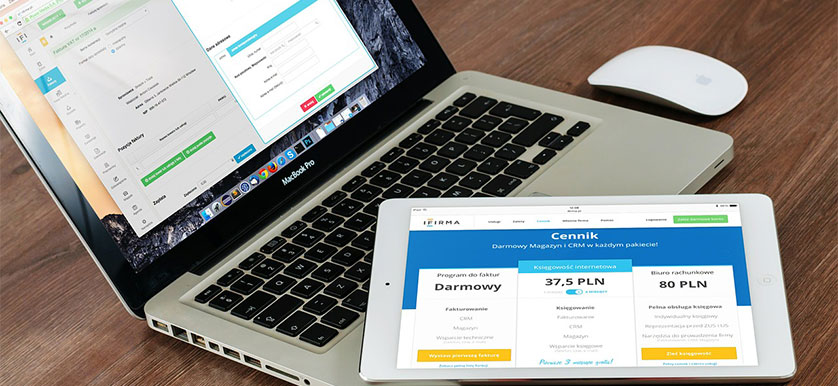The Balanced Scorecard: one road towards automation
Since the early 1990s, Balanced Scorecard practitioners have strived to optimize its successful implementation. It all started on paper, when Kaplan and Norton first delivered the concept in a book, The Balanced Scorecard: Translating strategy into action. Since then, the business environment has suffered tremendous changes. The ascent of information technology was beginning to influence all operational and non-operational processes. Organizations began to benefit from a technology-based change, efficient in applying emergent performance management tools.
Balanced Scorecard pioneers prided themselves on using spreadsheet-based paper reports to master the functionalities of the concept, without putting pressure on company budget. However, the full potential of the Balanced Scorecard was yet to be discovered.
The demand for alignment, brought about the incremental need for cascading the Scorecard at all levels of the organization. Employees needed to be united in their efforts to achieve the overall vision, mission, strategic goals and objectives of the organization they worked for. The organizational Scorecard was, therefore, complemented by the implementation of departmental and individual Scorecards, all of which purposefully communicated data and monitoring results.
The vast amount of information flow became overwhelming for manual processing while significantly increasing the cost of Balanced Scorecard development, at the same time. Profiting from the rapid ascent of information technology, organizations began to acknowledge the substance of automation.
The different stages and various approaches of the automation of the Balanced Scorecard have revealed a number of prevalent products that serve this purpose:
- Automated spreadsheets: widely used tools to track performance within a Balanced Scorecard design;
- Balanced Scorecard templates: internally developed Balanced Scorecard designs, created with the use of desktop publishing tools;
- Business Intelligence (BI) Products: Scorecard automation software products that provide the organization with the technological architecture for structured reporting and intricate analysis;
- ERP (Enterprise Resource Planning) Applications: Balanced Scorecard software which creates extensive databases to facilitate reporting and decision making;
- Balanced Scorecard stand-alone applications: software that provides unique presentation layers of collected data and subsequent statistics;
- Balanced Scorecard Frameworks: a complete set of tools and methods designed and developed by software providers to enable the deployment of the Balanced Scorecard at all levels of an organization.
A further analysis into the reasons for choosing one against the other, during the process of implementing a Balanced Scorecard performance management system ourselves, leads us to the following scrutiny:
The BSC: now with more automation!
Automated scorecard solutions are exemplary ways of managing vast amounts of information related to the performance management system of an organization. Although their contribution to an effective strategy execution is significant, they might not always be cost-effective.
The small and medium-sized enterprise Balanced Scorecard practitioners may be forced to use desktop publishing tools in order to control their spending. Even in the case of larger companies, deploying a Balanced Scorecard system across the entire organization can be costly, when the new releases, training sessions and maintenance fees are finally added.
Now, before renouncing the idea of implementing a Balanced Scorecard proficient software into your organization, consider the fact that such an investment can be beneficial. Building your own Scorecard solution is not without strain. Extensive programming might be needed for efficient data management and collection. Manual data feeding may become inconsistent with business requirements and growing databases as well as a burden for employees who are unable to supply data for their measures.
Ultimately, Balanced Scorecard automation depends on the readiness of the organization to implement it and to manage information the best way it can, and finds, suited for achieving success.
Image source:

Tags: Balanced Scorecard, Performance Management







